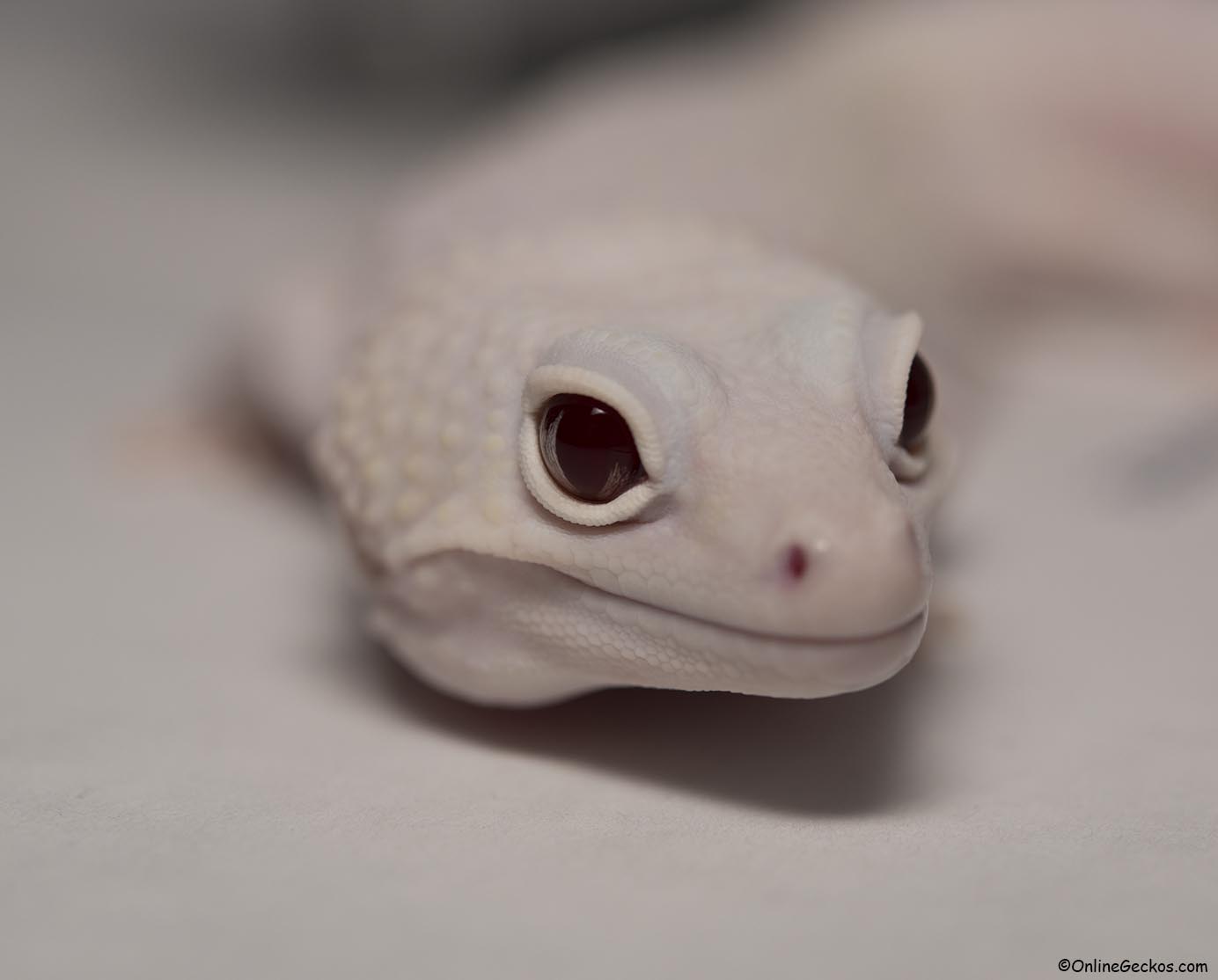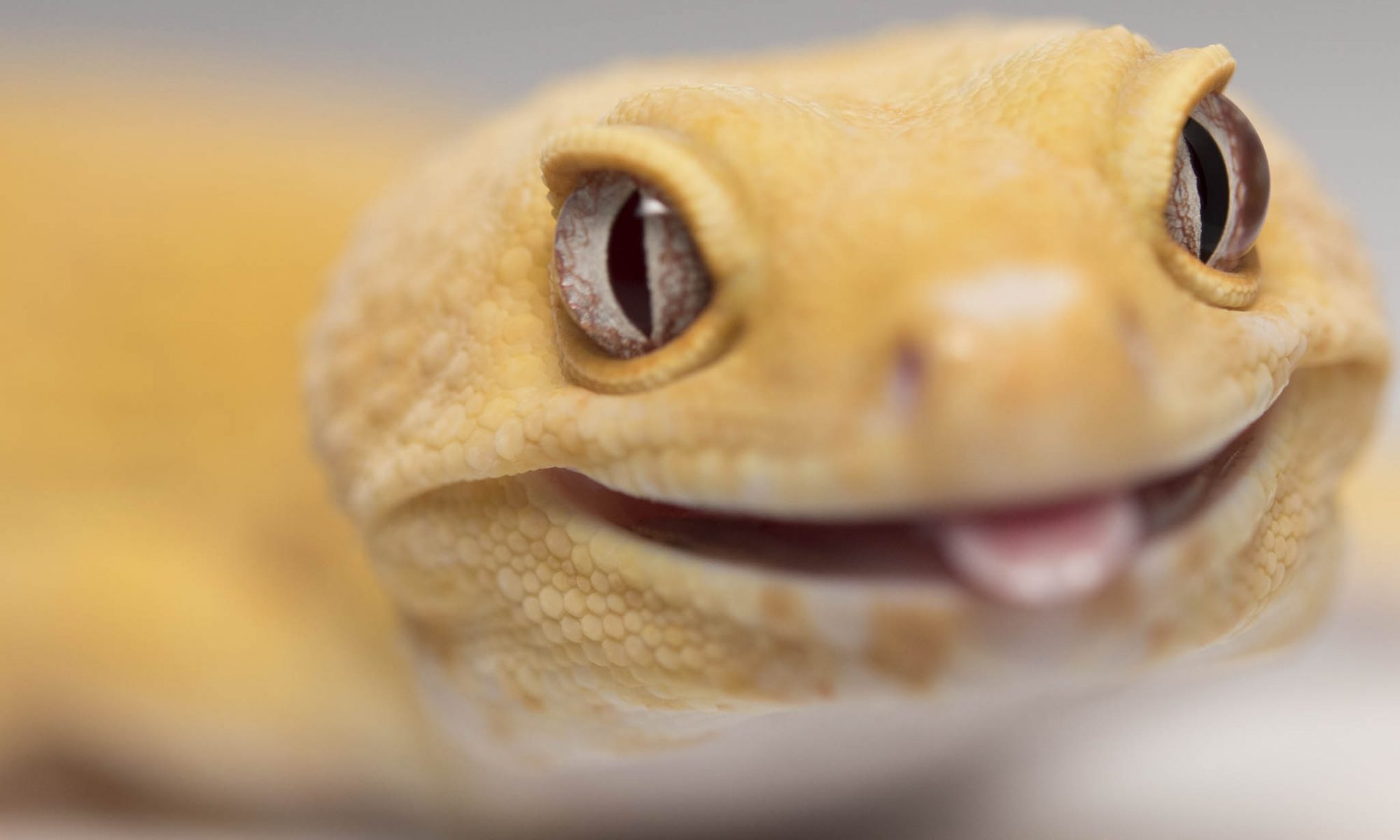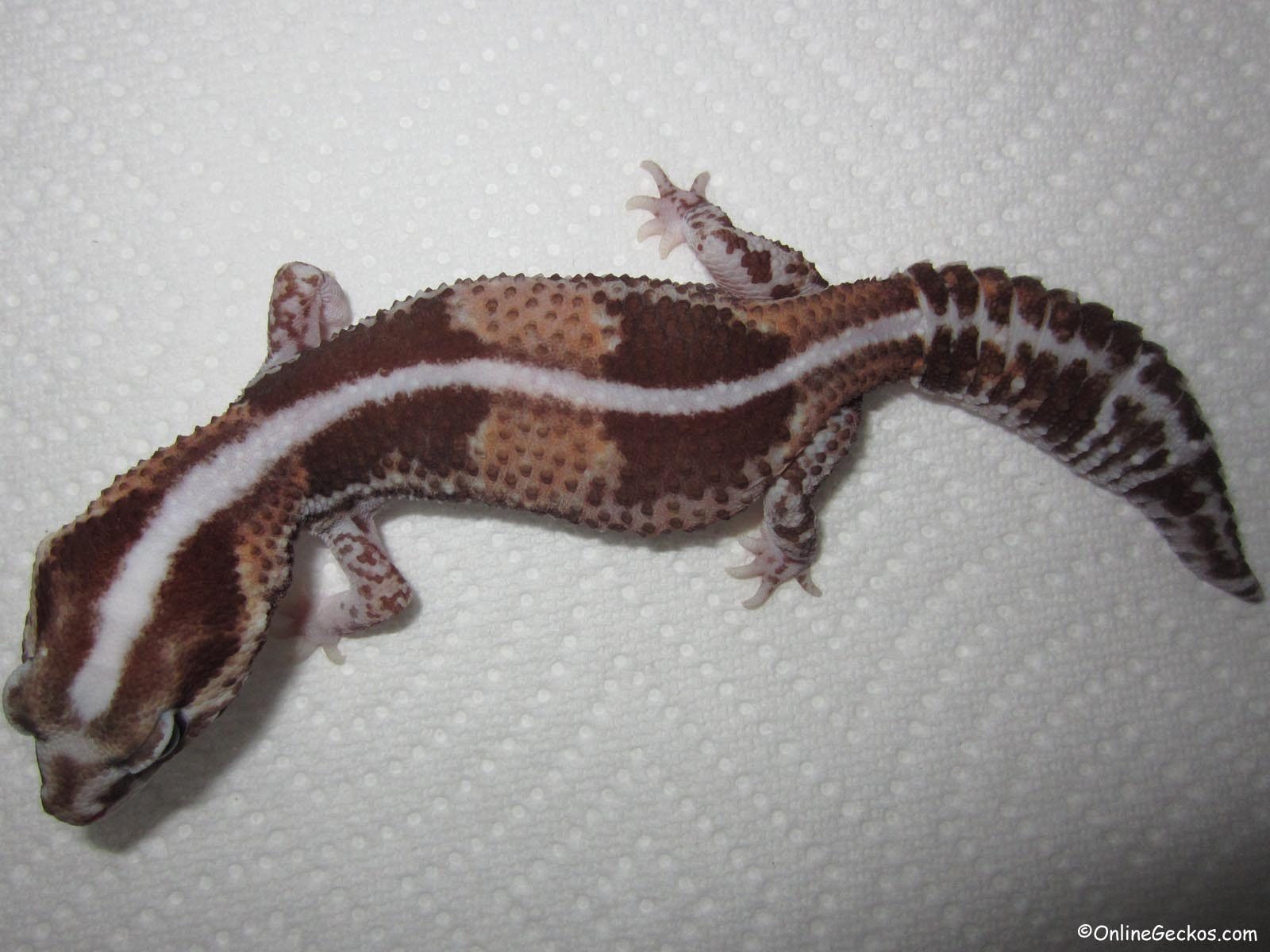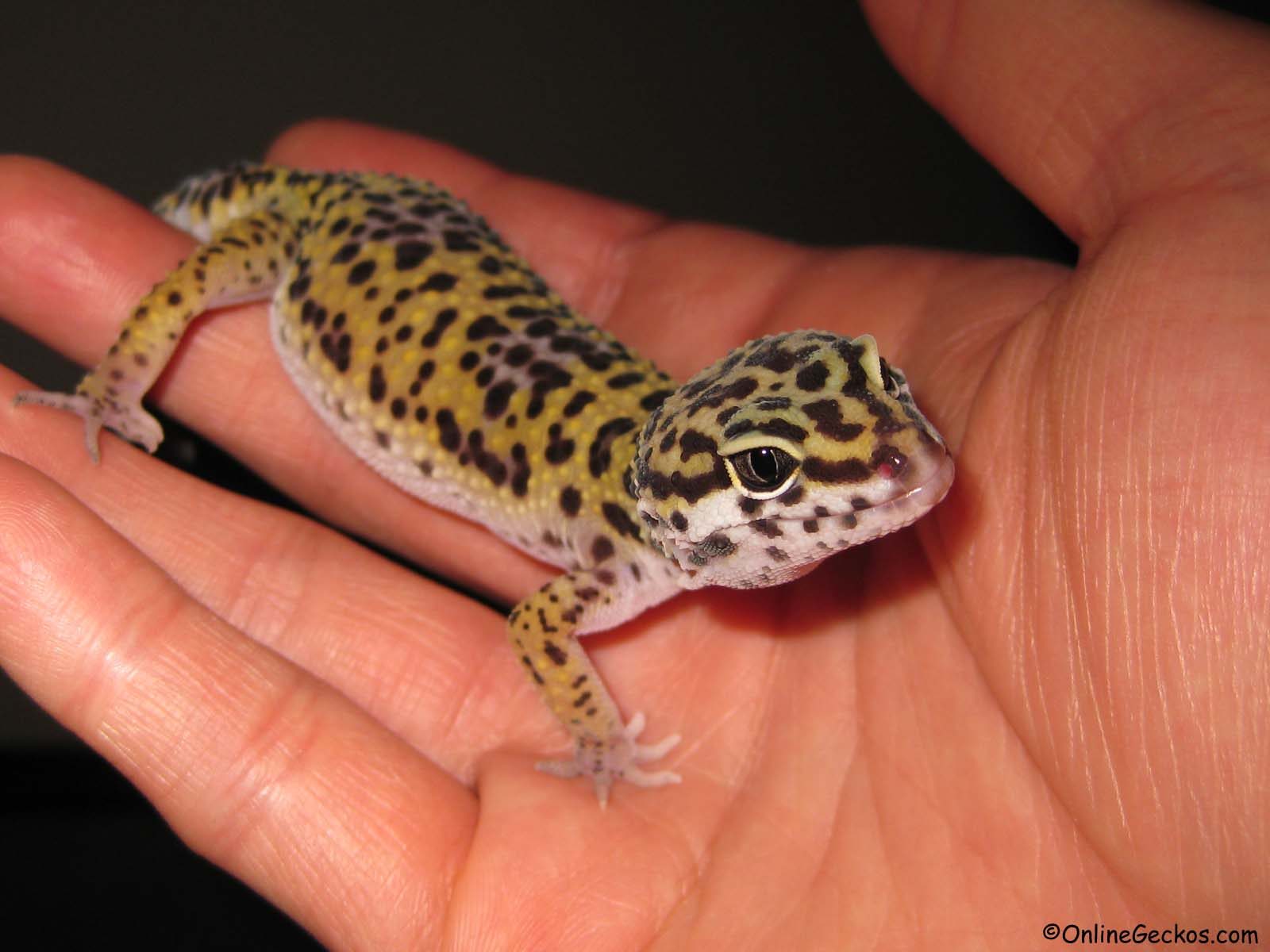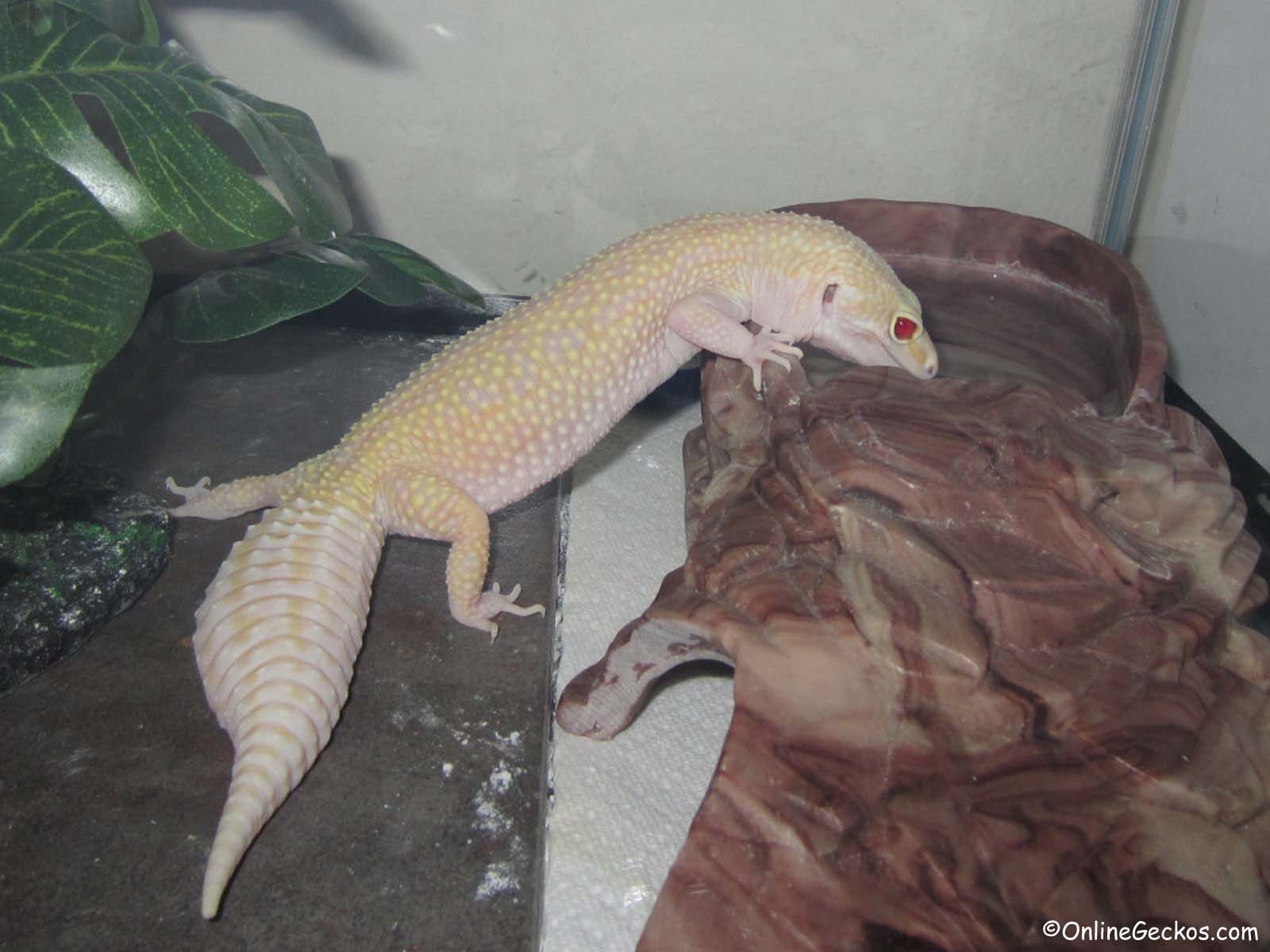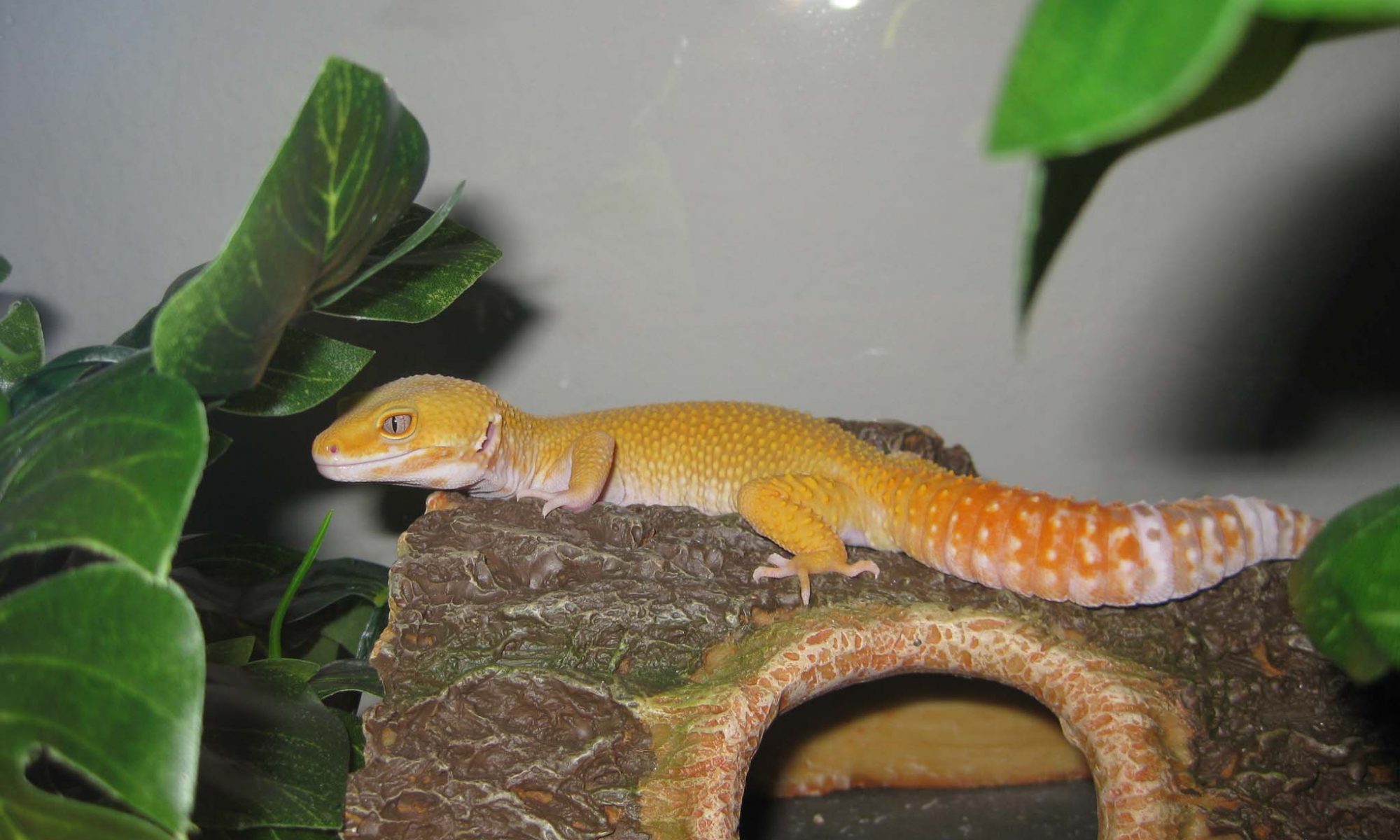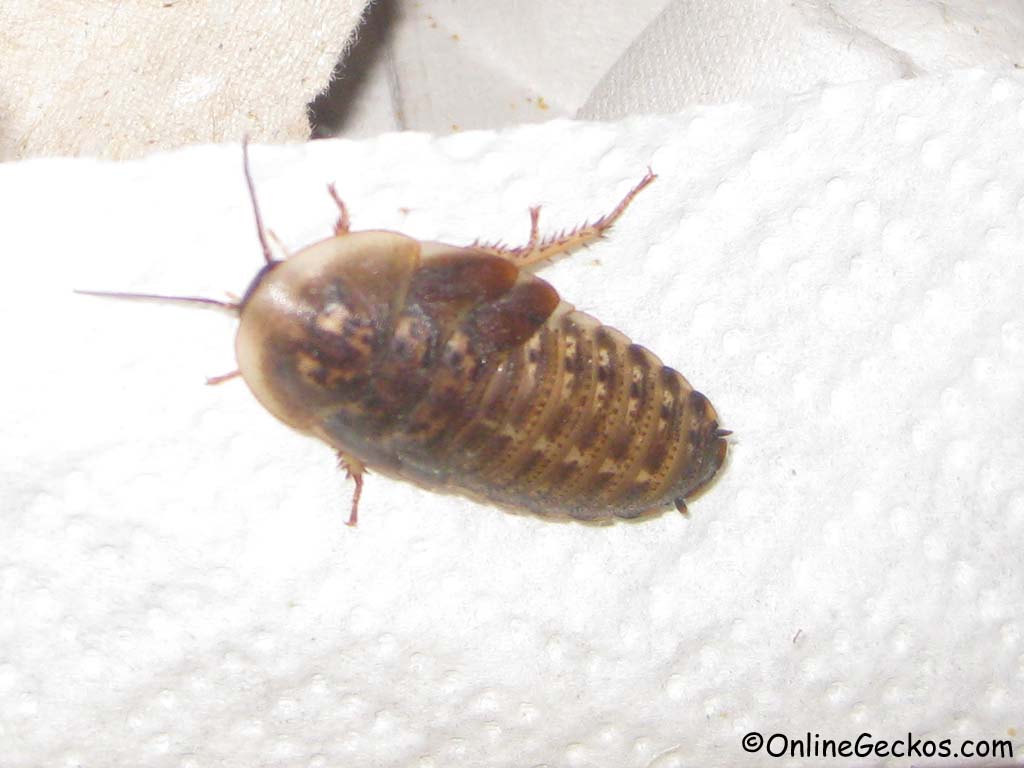One of the topics we see popping up every now and then is the question, “should I get a male or female leopard gecko as pets?” You are new to the hobby, and you are wondering whether male or female leopard gecko make the best pets. In this article we will go over male vs female leopard gecko behavior, their differences, and what you can expect out of them. Our goal here is to help you make informed decisions so you can pick out the leopard gecko pet that works best for you.
Male or Female Leopard Gecko As Pets – Temperament
Leopard gecko temperament isn’t determined by sex. We have seen equal number of aggressive females as there are aggressive males. Leopard gecko’s temperament comes down to individual geckos. It’s worth noting that some breeders believe temperament can get passed down through breeding. The idea is to breed a pair of gentle leopard geckos for a greater chance at producing offspring that are more docile in nature. And vice versa, often when breeding a pair of aggressive geckos, their offspring tend to be more aggressive and skittish as a result. This isn’t 100% however, as temperament is still quite unpredictable.
One thing that affects temperament above all else in our opinion is leopard gecko’s sexual maturity. As we have discussed in another article, all leopard geckos go through puberty. Male leopard geckos will first hit sexual maturity at around 6-8 months old. Female leopard geckos will hit sexual maturity and ovulate for the first time at around 8-12 months old. Their temperament tend to change a bit as males get territorial for the first time. Females on the other hand will usually stop eating as they ovulate and potentially become gravid. Continue reading “Should I get a male or female leopard gecko as pets?”
